What is Urban Beekeeping?
Demystifying the magic of urban beekeeping, BEEGrrl is here to share our story and passion for these sweet pollinators
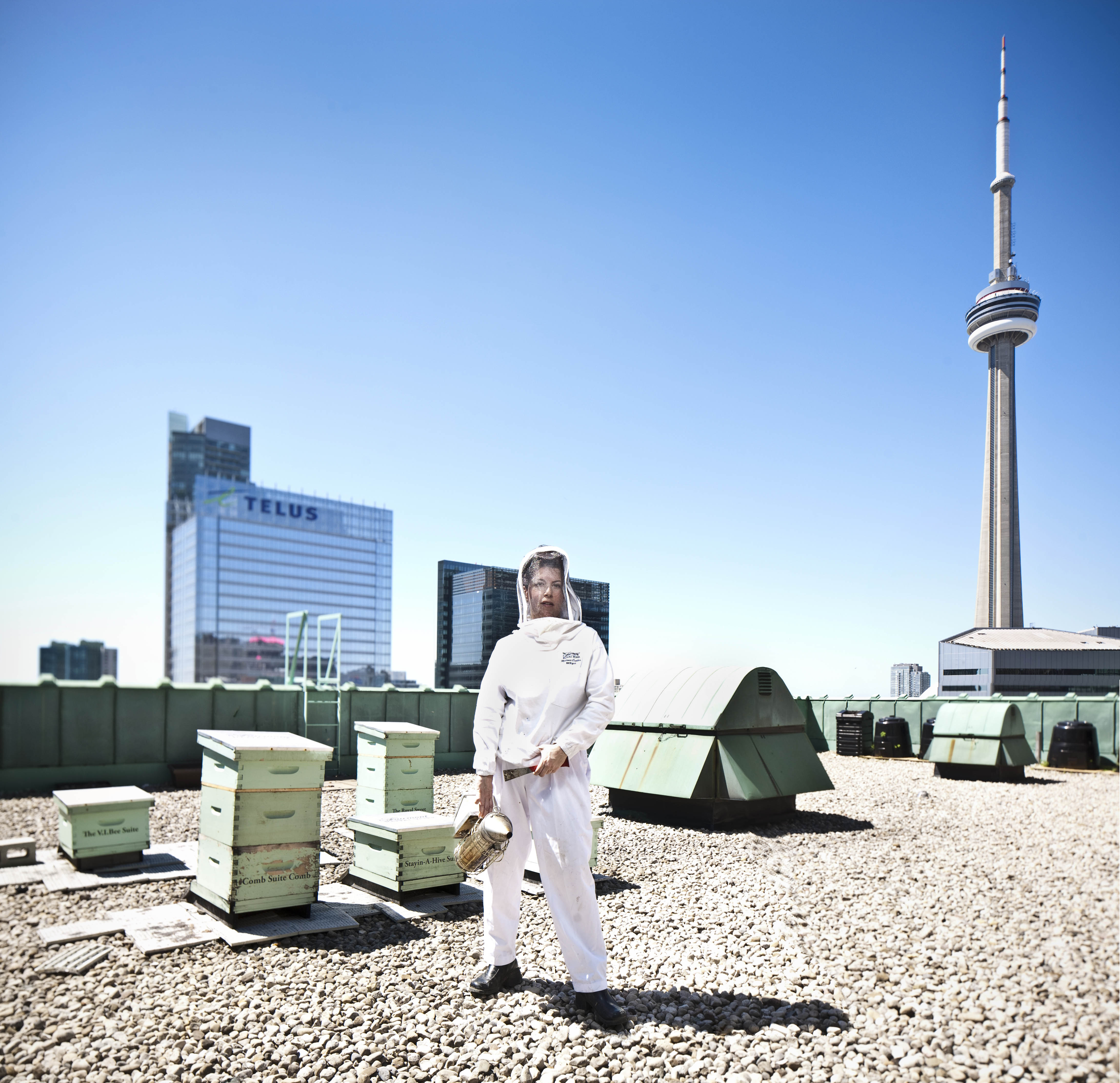
Urban beekeeping offers a unique way to reconnect with our food systems and nature in human-dominated environments, but it’s not for everyone. Proper beekeeping requires commitment and effort.
Beyond the benefits of honey, BEEGrrl has been fostering a conversation about food systems, biodiversity, climate change, and urban agriculture since bringing bees to the roof of the Fairmont Royal York in 2008.
For us, urban beekeeping means keeping honeybees on any qualifying residential or commercial property—whether in the bustling city center or a quiet suburb.
The best beekeepers are those who prioritize the health and care of their bees. They are proactive in learning about sustainable beekeeping practices, continuously monitoring their hives, and ensuring their bees contribute positively to the surrounding ecosystem.
The growing interest in urban apiculture has moved beyond being labelled a trend. Urban beekeeping has entered a mature phase marked by controlled growth, improved bylaws, and the rise of beekeeping associations. Early adopters who have faced the challenges of urban hive management—often due to lack of time, attention, or understanding—have shared their experiences, leading to innovations like hive share programs that reduce the burden on individual beekeepers.
Urban beekeepers now recognise the significant responsibilities they carry within their communities. Proper hive registration and maintenance are critical, as diseases like American Foulbrood (AFB) or varroa mite infestations can spread rapidly in densely populated areas. A conscientious urban beekeeper must stay vigilant to mitigate these risks.
The brighter side of urban beekeeping is the diverse and abundant forage that bees eagerly enjoy when they venture out from the hive each day. Unlike rural or industrial farming areas, where monoculture often limits the available food sources, urban environments offer a wide variety of rich and plentiful options.
Toronto’s city bees, much like human city-dwellers, have access to diverse food choices that extend from early spring through late fall. While people dine at different restaurants, bees feast on a vast array of flowers blooming on rooftops, in window boxes, gardens, parks, and yards. This diversity not only supports healthier bees but also results in honey with an incomparable depth of flavour, making urban beekeeping a truly rewarding and enriching experience for both bees and their dedicated keepers alike.
Buzz-worthy Workshops & More
Events, Tastings & Tours
Just like a good scout bee you’ve landed on a page dedicated to the cross-pollination of bee ideas, tastings, tours, and event happenings. Here you will find BEEGrrl’s top picks to forage for. Most can be found within her urban Toronto habitat. A few notable others require a greater flight path.


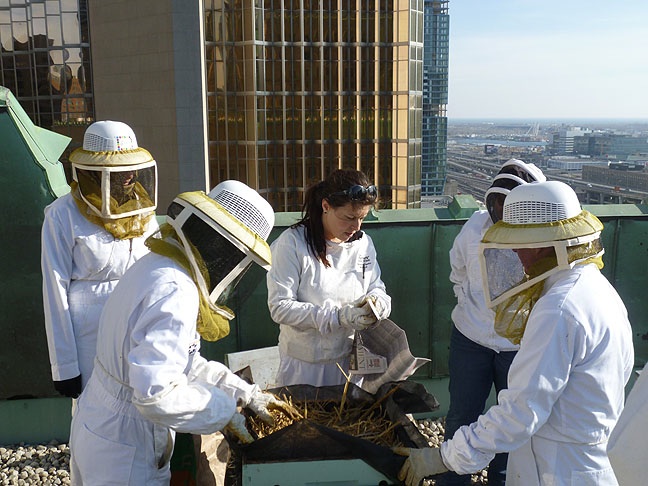
Bee-Friendly Flowers to Plant in Toronto
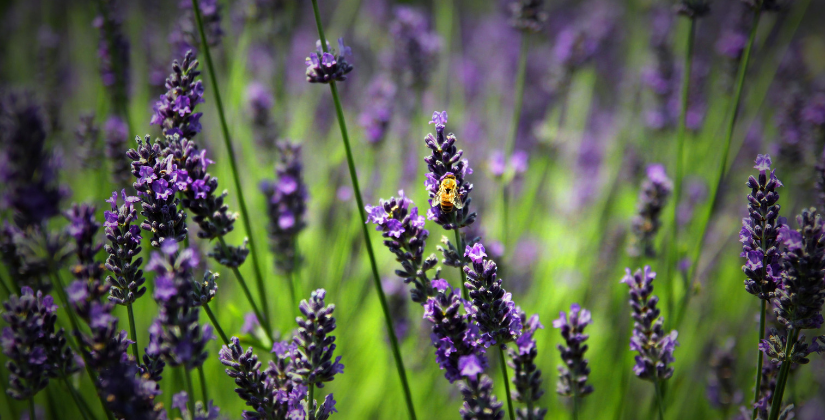
Lavender
Lavandula
Lavender is a top choice for bees due to its strong scent and abundant nectar. Plant it in your garden to create a bee-friendly haven.
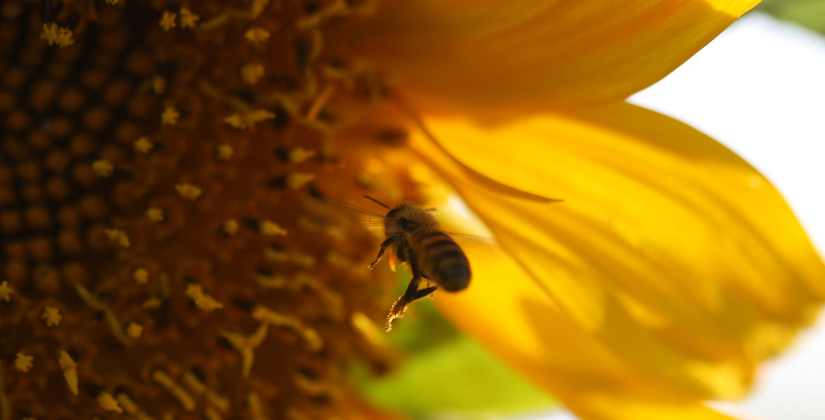
Sunflowers
Helianthus annuus
Sunflowers are not only beautiful but also provide ample pollen for bees. Their large, sunny heads are a beacon for our buzzing friends.
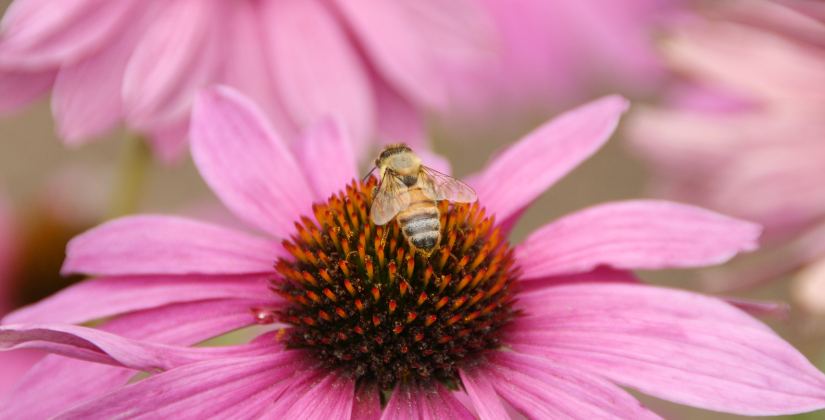
Coneflower
Echinacea
These long-lasting blooms provide a steady source of nectar throughout the growing season. Their vibrant colours also make them an irresistible landing spot for bees and other pollinators.
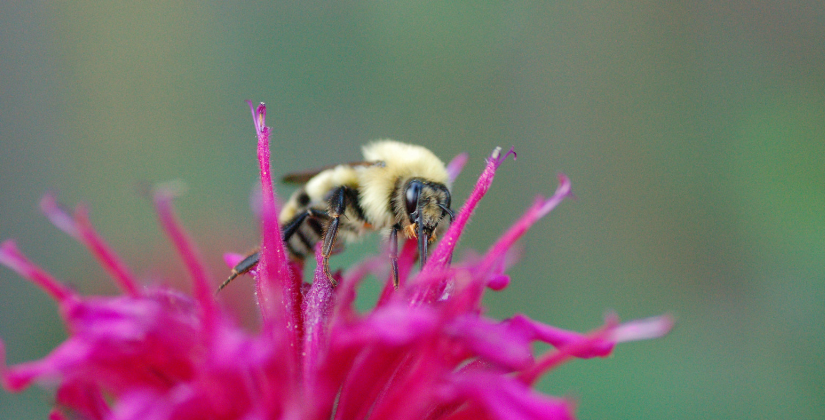
Bee Balm
Monarda didyma
Bee Balm’s bright, tubular flowers are rich in nectar, attracting bees, butterflies, and hummingbirds. Bonus: its strong fragrance helps to repel pests.
Urban Honey Safety
Is Urban Honey Pure?
Urban honey from Toronto is not only safe to consume but also offers a unique flavour profile that sets it apart. Bees are natural purifiers, and responsible urban beekeepers regularly test their honey to ensure it meets purity and quality standards. The diverse array of flowers in the city contributes to pollen varieties and the complexity of flavours derived from the honey of each city apiary.
The nectar collected by bees from various pollinator plants within a five km radius of their hive results in a pure product that is both delicious and safe. Each jar of urban honey captures the essence of Toronto’s diverse flora, providing a taste that is both unique and reflective of what is growing over the spring, summer and fall.
When purchasing urban honey, always choose products from reputable Toronto urban beekeepers who follow best practices for hive management and honey extraction. This ensures you get the highest quality honey, rich in flavour and free from contaminants.
How to Become an Urban Beekeeper
Step-by-Step Guide to Urban Beekeeping in Toronto
1
Research and Education
Start by learning about beekeeping through books, online courses, and local beekeeping associations. Understanding bee behavior, hive management, and seasonal tasks is crucial for success.
2
Equip Yourself
It is always better to be over dressed! Equip yourself with protective apparel and hive tools prior to entering an apiary. You will need a smoker, fuel, a hive tool, gloves, veil and jacket, long pants.
3
Join a Community
Connect with local beekeeping groups or clubs for advice, support, and resources. Being part of a community can provide invaluable insights and assistance.
Join Canada's Beekeeping Community
Ready to enjoy the sweet rewards of beekeeping? By starting your own hive, you’ll support local bee populations, enhance urban or rural biodiversity, and you may find yourself harvesting your own delicious honey. At BEEGrrl, we offer everything you need to begin your beekeeping journey, from high-quality hives and protective gear to expert advice and premium woodenwear. We’re also just serious beelovers, and are always happy to share our culinary knowledge of honey and products of the hive with all who are bee-curious.
